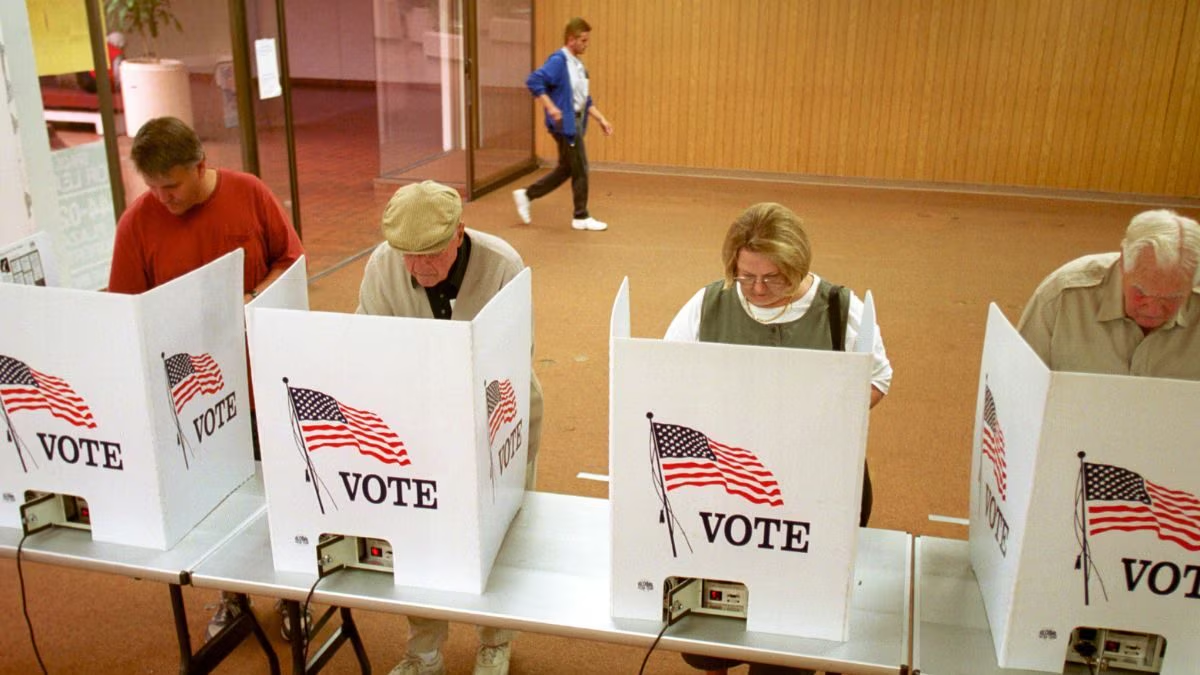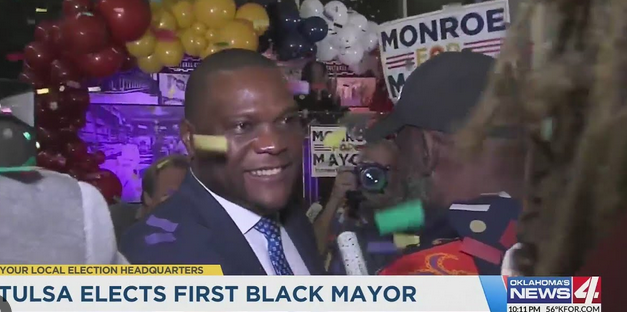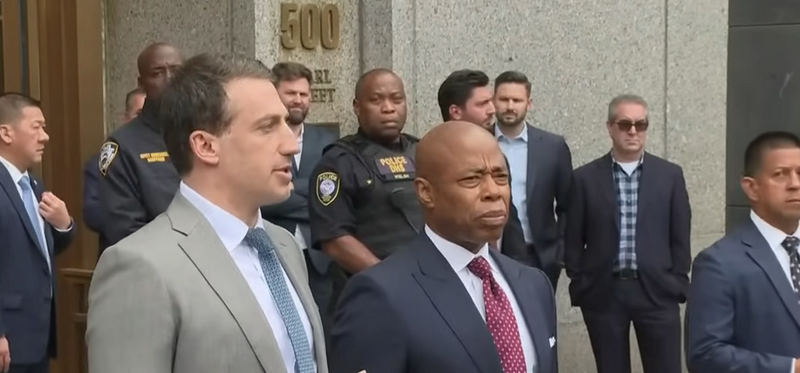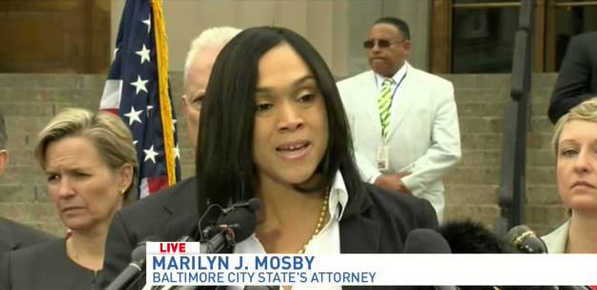What’s the voting pattern in America?
Elections and voting devices might differ amongst local governments throughout the same state because elections in the US are managed by local governments rather than a single federal authority.
Voters hardly ever mark the names of contenders with an “X” on paper ballots these days. Many locations employ optical systems for reading ballots that have been drawn or filled out by voters. Other automated voting machines are also employed. A few states have in current years implemented policies that allow voters to obtain their ballots earlier than election day.
Voters who are going to be away from their residences (and polling stations) on election day are given ballots, a practice known as voting absentee, which is where this pattern started. The ability to sign up as “permanent absentee voters” and have the ballots consistently sent to their residences has been progressively extended by a few states and municipal governments. Elections in Oregon and Washington are conducted exclusively by mail. Complete ballots are often returned by mail via absentee voters.
Voters in certain states can cast their ballots at voting booths in public locations, including malls, up to 3 weeks prior to election day. This allows voters to visit the location whenever it is most comfortable for them.
Suggested read: Lesser of Two Evils? Our Fight Is Against Both, No Matter How We Vote
Who controls the US elections?
In the United States, municipal elections are held, including for federal office. Thousands of authorities are in charge of planning and running the elections; these officials are typically district or city officials or other government workers.
The majority of US elections are not extremely close, but occasionally they come down by a slim margin or an election recount is undertaken because of allegations that the outcomes are faulty. Parts of Florida experienced this throughout the presidential elections in the past. Because it was the greatest election in US history, lots of Americans began to consider a number of administrative operations that go into elections for the very first time.
Citizens above the age of 18 are granted the right to vote under the US Constitution. In order to avoid fraud, local administrations build voter lists and invite residents to sign up to vote since there does not exist a national voter registration.
Discriminatory registration practices were previously used to deny the right to vote to certain residents, particularly African Americans in the South. These days, the Voting Rights Act restricts similar discriminatory actions. The requirements for registration vary by state. Re-registration is required for citizens who relocate. States have loosened registration requirements at one point and tightened them at another. People were able to register to vote after they updated their state-issued driver’s licenses thanks to the National Voter Registration Act of 1993.
While some states currently enacted legislation requiring official identification or doing away with Election Day registration, other states still permit voters to register on Election Day. Those eligible persons who want to vote must be included on the voter rolls by election officials. Those that are ineligible must also be removed from the rolls. Instead of eliminating individuals who could be qualified, local election officials typically prefer to maintain people on the lists, even if they haven’t cast a ballot recently.
Also read: Justice Department To Monitor Polls In 27 States For Compliance With Federal Voting Rights Laws








